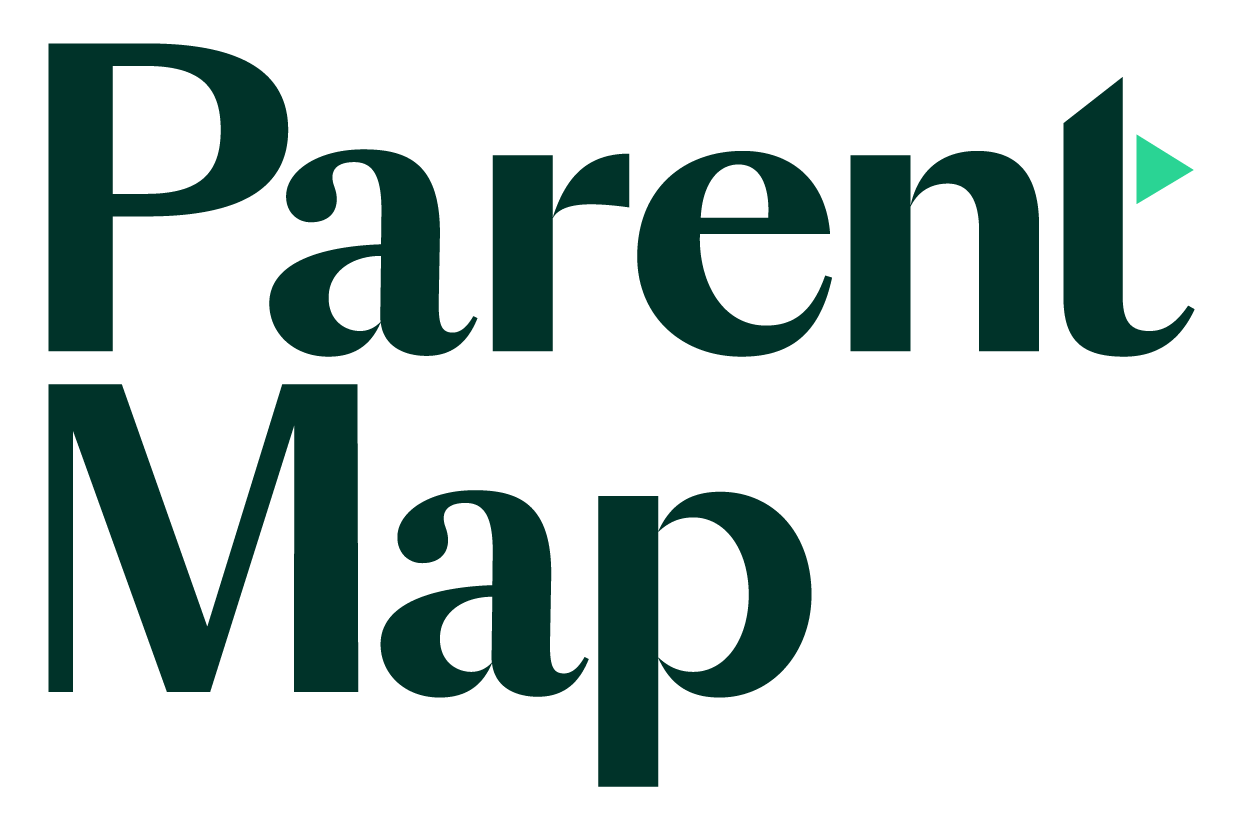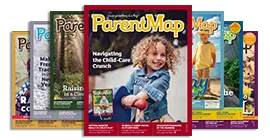
Photo:
iStock
Money management makes almost everything we want to do possible, so it’s really a fundamental life skill. However, it is not always part of the educational curriculum. Savvy parents start teaching money lessons when their kids are little, but it’s not easy to think about long-term financial education when you’re in the middle of potty training and teaching table manners. And unfortunately, not all of us really have a handle on money matters ourselves. So, where can parents turn to make sure our kids know the importance of saving, how to manage a budget and how to avoid debt?
The first step is to develop financial literacy.
Classes for kids in the Seattle area
Among the many ways that Ubuntu Nerudo supports members of the African diaspora is by offering financial education workshops for teens.
Boys & Girls Clubs’ Money Matters: Make it Count program teaches teens how to set goals, budget, save and invest through a combination of classes and digital tools. Contact your local Boys & Girls Club to find the nearest Money Matters program. The digital components of the program are also available online at MyFuture.
They say it takes money to make money, and maybe that’s true. If you’ve got the money, local financial planner Bryan Knutson’s Money Skills Washington teaches two in-person, 90-minute financial literacy workshops for teens: Money Management Basics and Investing Basics. The cost is $250 for each workshop or $400 for both.
Financial Beginnings sometimes offers volunteer-led Financial Foundations classes at public libraries. You can also reach out to any community organizations you’re involved in to have them schedule a Financial Foundations class specifically for your group.
Virtual after-school program Junior Achievement also offers volunteer-led lessons in financial literacy, work and career readiness, and entrepreneurship, all of which are aligned with educational standards.
If you can find a willing instructor, several programs provide curriculum materials for a teacher or group leader to present to their own students. Check out:

Online resources
If you’ve got a self-motivated kid, nonprofit financial literacy program CashCourse, though designed for college students, is open to anyone. Users can register for a free account to access self-study courses dealing with the money issues that are most relevant to new adults. The Financial Empowerment Network’s Kids, Youth, & Families page has some valuable resources, and Edvisors has an extensive library of articles on money management as well as other financial topics relevant to teens.
You can also check your bank’s website for educational materials. Many banks have financial education or financial wellness pages on their websites that are filled with articles or videos on specific financial topics that your teen may have questions about.
Students at the Federal Way Teen Center play the online game Finances 101;. There is also Visa’s Practical Money Skills website, which includes an interactive guide to budgeting for students and a collection of educational money skills games. Somewhat similar to the old board game Life, Claim Your Future is a field-tested educational game about personal finance.
Recommended reading
Seattle Public Library has a recommended reading list of finance books aimed at teens, and if it’s easier to sell your kid on comic books, there’s a collection of educational comics using well-known Marvel characters in storylines that introduce fundamental money management concepts. Another series of comics, produced by the Federal Reserve Bank of New York, digs a little deeper into more advanced topics. It has original characters and is available in English or Spanish.

Money management tools
But education is only the first step. Managing money is not just theoretical, it’s a skill that takes practice. Young children are concrete thinkers, so divided piggy banks like the Moonjar and Money Savvy Pig are great tools for them. But cash is just as inconvenient for teens as it is for adults, and teens actually use money on a regular basis. Ideally, by the time your child reaches the teen years, you would have established a college savings plan and a regular savings account for them. Check with your bank to see if they also offer linked youth checking accounts. These are joint accounts that allow a parent or guardian to electronically monitor their child’s spending and easily transfer money without delays. These accounts are especially useful for teens who may have a job and want to make their own deposits as well.
The Greenlight debit card lets parents set flexible controls, get real-time notifications, transfer money instantly and turn their child’s card on or off using an app. The cards are available directly from Greenlight for a monthly fee, but check with your bank before you sign up — many banks partner with Greenlight to offer the program for free to their customers. Prepaid debit cards BusyKid and Acorns Early (formerly GoHenry) are similar app-controlled options. Teens do not need to link a bank account to Venmo to spend or send money, and many stores and restaurants have begun accepting Venmo payments — especially if you have a Venmo debit card. Apple Cash and Google Wallet are also cashless spending options teens can use. If your teen’s allowance is tied to completing chores, iAllowance sends kids task reminders and tracks completed activities while allowing parents to set up automatic payments.
For teens who want to take a little more control of their money, there are budgeting tools like You Need A Budget (YNAB), an app that uses the zero-based budgeting method, and Qube Money, which uses a digital version of the envelope system. Since most teens are dealing with small amounts of money, investing is usually considered something they wouldn’t start until they’re older. But Acorns is an investment app that rounds up your everyday purchases to the nearest dollar and invests the spare change.
Tools like these can be very useful for helping your teen develop healthy habits involving money. But the most valuable aspect of such tools may be the opportunity they give you to have conversations with your teen about money and the financial decisions that they make. If you’re one of those parents who struggles with money management yourself, these conversations can be terrifying. In that case, the Consumer Finance Protection Bureau’s Money as You Grow website provides parents with resources for talking about money with their teens.
More ways to raise financially savvy kids: |











